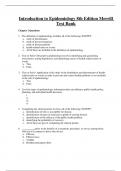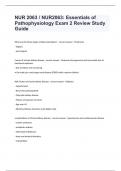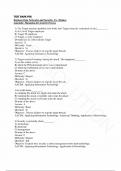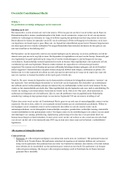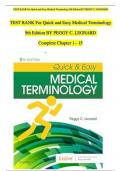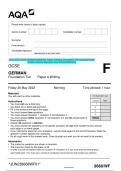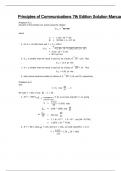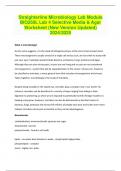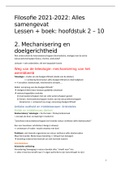Tentamen (uitwerkingen)
Complete Test Bank Introduction to Epidemiology 8 Edition Merrill Questions & Answers with rationales (Chapter 1-12)
- Vak
- Instelling
- Boek
Introduction to Epidemiology 8 Edition Merrill Test Bank Complete Test Bank Introduction to Epidemiology 8 Edition Merrill Questions & Answers with rationales (Chapter 1-12) PDF File All Pages All Chapters Grade A+
[Meer zien]
